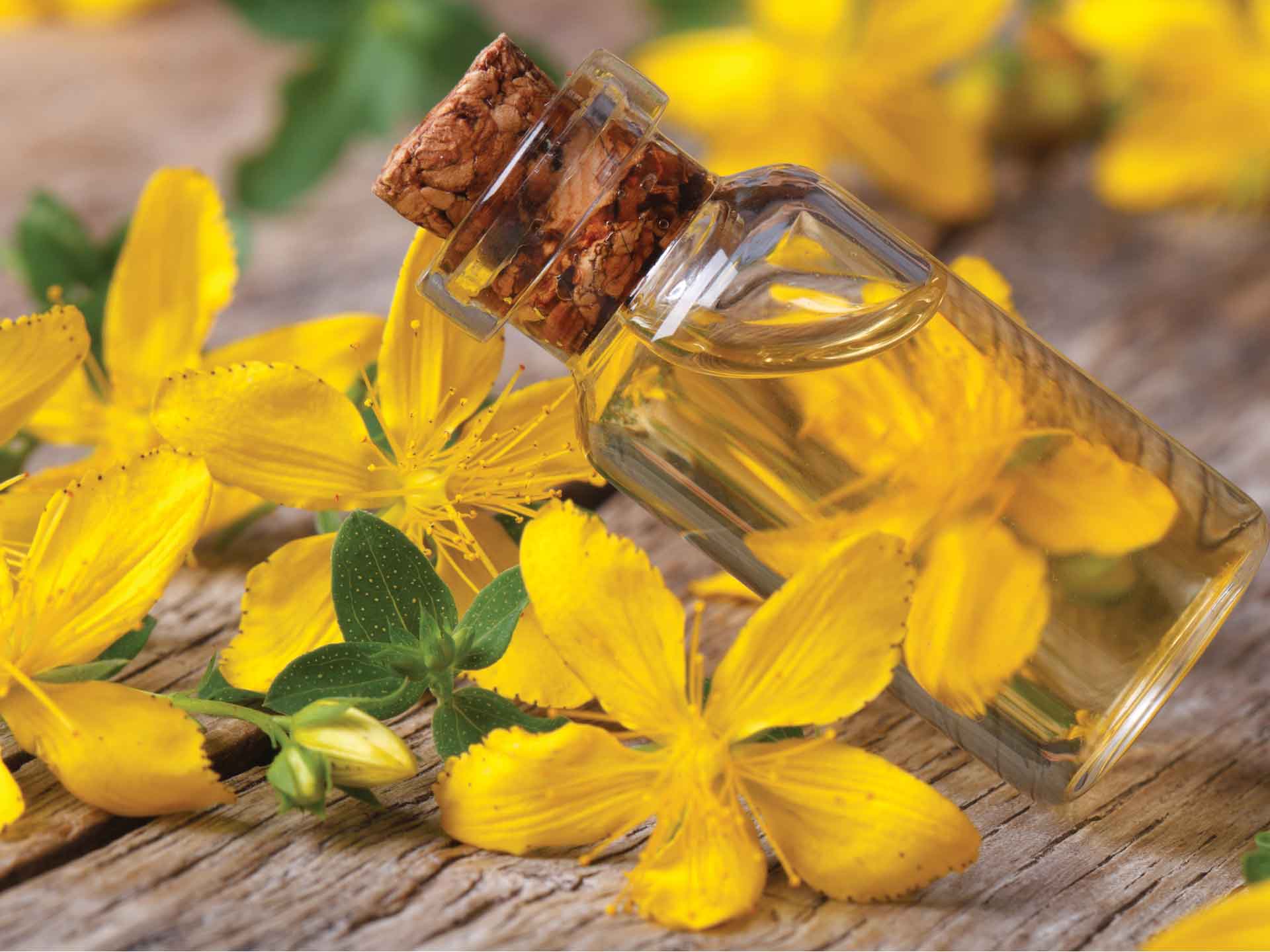Here’s how apply neem oil for insect and disease management.
If you’re interested in an organic solution for problems with your garden and houseplants, you may want to consider neem oil. “This botanical pesticide is used as an insecticide, which is most effective on immature insects,” says Barbara Smith, consumer horticulture extension agent at the Home & Garden Information Center at Clemson University. “It does have some fungicidal benefits for diseases such as powdery mildew.”
However, just because a product is organic doesn’t mean it is somehow inherently “safer” than other pesticides or can be used freely in the garden. “Neem is very popular, but there are some downsides,” says Susan Mulvihill, author of The Vegetable Garden Pest Handbook and The Vegetable Garden Problem Solver Handbook. “The most serious concern is that it’s toxic to pollinators and beneficial insects, so you should only use it when pollinators aren’t active in the area.”

- Barbara Smith is a consumer horticulture extension agent at the Home & Garden Information Center at Clemson University.
- Susan Mulvihill is the author of The Vegetable Garden Pest Handbook and The Vegetable Garden Problem Solver Handbook.
Ahead, here’s what else you need to know about how to use neem oil on plants:
What Is Neem Oil
Neem oil is extracted from the seeds of neem trees (Azadirachta indica), which are native to India. Pure neem oil contains chemical compounds with insecticidal and fungicidal properties. When processed, the resulting product is called clarified hydrophobic extract of neem oil.
Neem oil is used as an insecticide to control common plant pests, including aphids, cabbage loopers, cabbage worms, Colorado potato beetles, cutworms, flea beetles, squash bugs, spider mites, thrips, tomato hornworms, and whiteflies.
Neem oil also is used as a prevention and control for diseases such as anthracnose, black spot, downy mildew, and powdery mildew.
When To Use Neem Oil
“Like all insecticides, neem should only be applied if you discover a damaging insect that is important to control, rather than using it as a preventive measure for insects,” says Mulvihill. It should be used every 7 to 14 days, as needed, according to label instructions.
Neem also can be used for both prevention and treatment of some diseases. As a preventive, it is generally recommended to apply it to susceptible crops every 7 to 14 days until you feel confident that the disease isn’t going to develop, says Mulvihill.
For example, to prevent powdery mildew, start applying it to susceptible crops in midsummer every 7 to 14 days. Use the same schedule to control a disease that’s already present in your garden to keep it from spreading.
How Does Neem Oil Work
Neem oil acts in two different ways on insects. “It disrupts their feeding activities and affects the growth hormones that insects require in order to go through the different stages in their life cycles,” says Mulvihill. It also smothers certain insects such as aphids, spider mites and thrips.
Most importantly, neem oil requires thorough coverage and direct contact to kill pests. The product does not produce a quick knockdown, so it will take some time to see the effects. It has little residual effect, which reduces its impact on beneficials.
Steps For Using Neem Oil On Plants
- Read the product label for correct use because there are various formulations of neem available.
- Wait until pollinators are not active. That means late evening, says Smith. Also, don’t spray into open blossoms in order to protect pollinators.
- Start at the top of the plant and drench each leaf surface on the top and bottom because pests can hide out or lay eggs on the underside of leaves.
- Check for pests again in a few days. Retreat, if needed, according to label instructions.
Tips For Using Neem Oil
· Do a test spray on a small leaf to make sure the product will not burn your plant’s foliage, says Mulvihill. New transplants, blue-green plants such as hosta or eucalyptus, and some houseplants are more susceptible to foliage damage from neem oil than others. Wait 24 to 48 hours to check for damage before treating the entire plant.
· Do not use on seedlings, which have tender foliage that burns easily.
· Do not use on drought-stressed plants.
· Avoid spraying it when temperatures are 85 to 90 degrees F, says Smith. Neem oil can cause phytotoxicity, or burns to plant tissue, if applied during high heat or when evaporation is reduced due to cloudy or humid weather.
· Make sure temperatures are not lower than 50 degrees F (with nightly lows above freezing) to avoid phytotoxicity.
· Alternate neem with a different organic product to avoid the chance of pests becoming resistant to any organic product, says Mulvihill.
· Choose a pre-mixed neem product over a concentrate. “I think they are safer for gardeners because they’re packaged at the correct proportions, which means you’re using the minimum required solution to impact insect or disease problems,” says Mulvihill.






